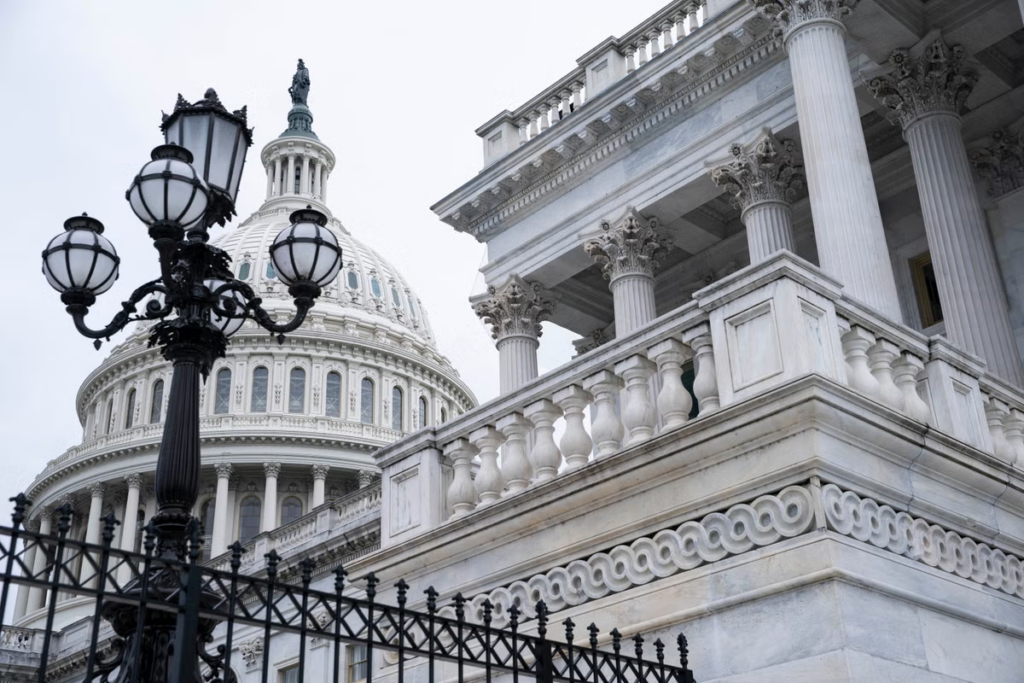
At least 20,000 federal employees have accepted the Office of Personnel Management’s (OPM) voluntary resignation offer, which grants them nearly eight months of pay in exchange for stepping down by Thursday. The number of resignations is rapidly increasing ahead of the February 6 deadline, an OPM spokesperson confirmed to The Independent.
The mass exodus follows an email sent last week by the White House to approximately two million federal employees, offering them continued pay and benefits through September 30 if they chose to resign. However, certain groups—including immigration officers, postal service workers, armed forces personnel, and some national security employees—were deemed ineligible for the program.
The offer coincides with a return-to-office directive issued by the administration, though specifics on when the transition will take place remain unclear.
Trump’s Federal workforce overhaul: A new era of governance?
On his first day in office, President Donald Trump signed an executive order mandating that federal departments and agencies take “necessary steps” to bring employees back to in-person work “as soon as practicable.” The resignation program appears to be a key component of a broader restructuring strategy aimed at reshaping the federal workforce.
The administration has outlined four guiding principles for its vision of the new federal workforce: a mandatory return to office, a performance-driven culture, a more streamlined and flexible structure, and enhanced standards of conduct.
Employees who wished to participate in the buyout program were instructed to reply with “resign” in the body of the email. Those who opted in received a follow-up message confirming their resignation and outlining the next steps.
For those who chose to remain, the administration expressed appreciation but did not provide job security assurances. The resignation email stated: “If you choose to remain in your current position, we thank you for your renewed focus on serving the American people to the best of your abilities and look forward to working together as part of an improved federal workforce.”
However, it also included a cautionary note: “At this time, we cannot give you full assurance regarding the certainty of your position or agency, but should your position be eliminated, you will be treated with dignity and will be afforded the protections in place for such positions.”
Uncertain future for remaining Federal workers
The Trump administration expects at least 10% of the federal workforce to accept the resignation offer. So far, only about 1% have opted in, though that number continues to rise.
Employees who have second thoughts may request a rescission of their resignation, but those requests will be reviewed on a case-by-case basis by individual agencies. It remains unclear how many, if any, of these requests will be granted. An OPM memo addressing the resignations states:
“It is the objective of the program to move quickly to consolidate and/or reassign roles and, in many cases, place employees on administrative leave, which would likely serve as a valid reason to deny rescission requests.”
Those who resign will be allowed to seek outside employment until their final official work date.
A deliberate effort to shrink the Federal government?
Trump has long campaigned on significantly reducing the size of the federal workforce, a goal echoed by his allies. In November, billionaire entrepreneur Elon Musk and former Republican presidential candidate Vivek Ramaswamy—who was originally set to co-lead the newly created Department of Government Efficiency before dropping out—penned an op-ed in The Wall Street Journal advocating for stricter in-office work policies to encourage resignations.
“Requiring federal employees to come to the office five days a week would result in a wave of voluntary terminations that we welcome,” they wrote.
As the resignation deadline approaches, the Trump administration’s workforce restructuring plan appears to be gaining traction. However, with uncertainty looming over remaining employees, the long-term impact of these sweeping changes on the federal government remains to be seen.






